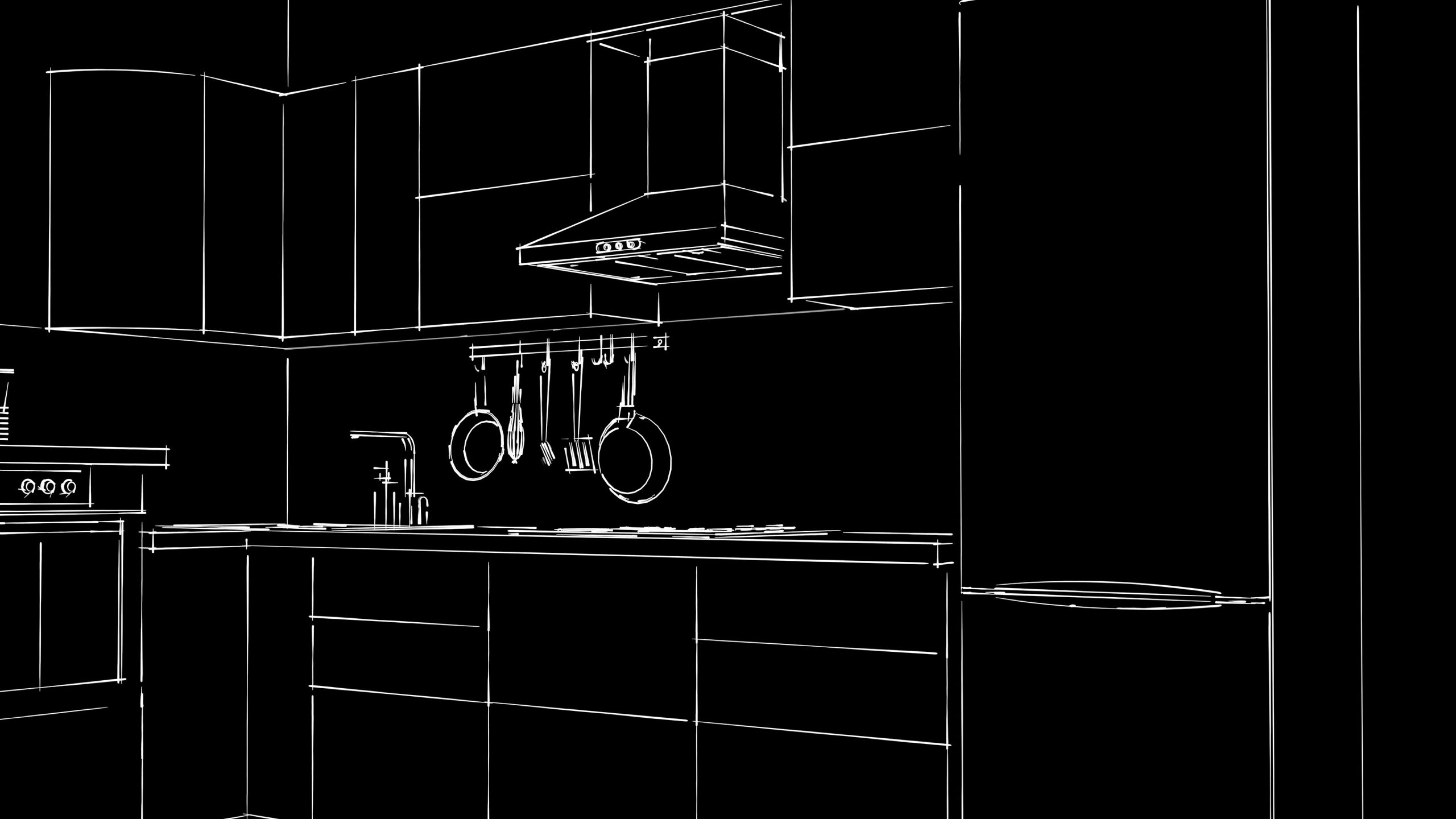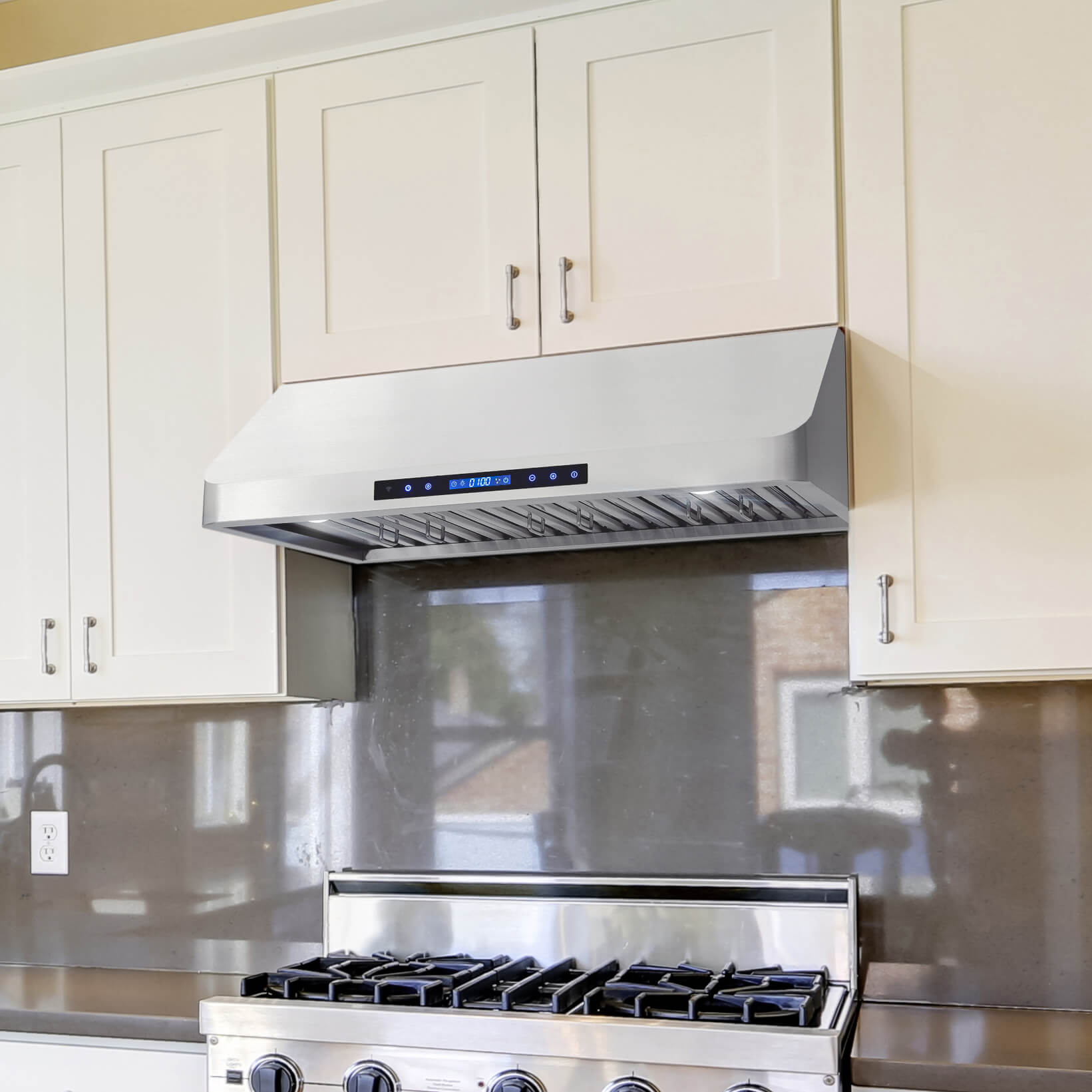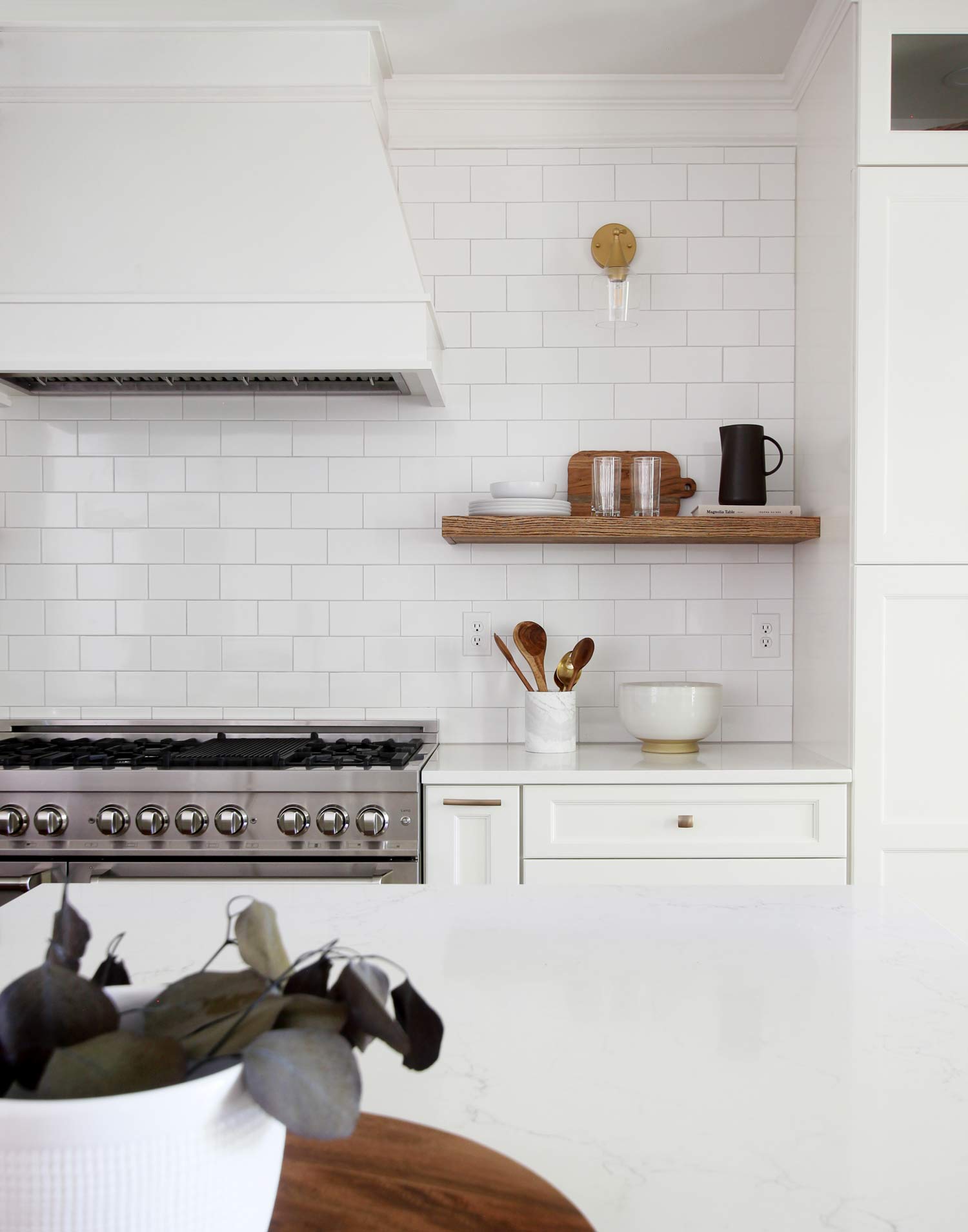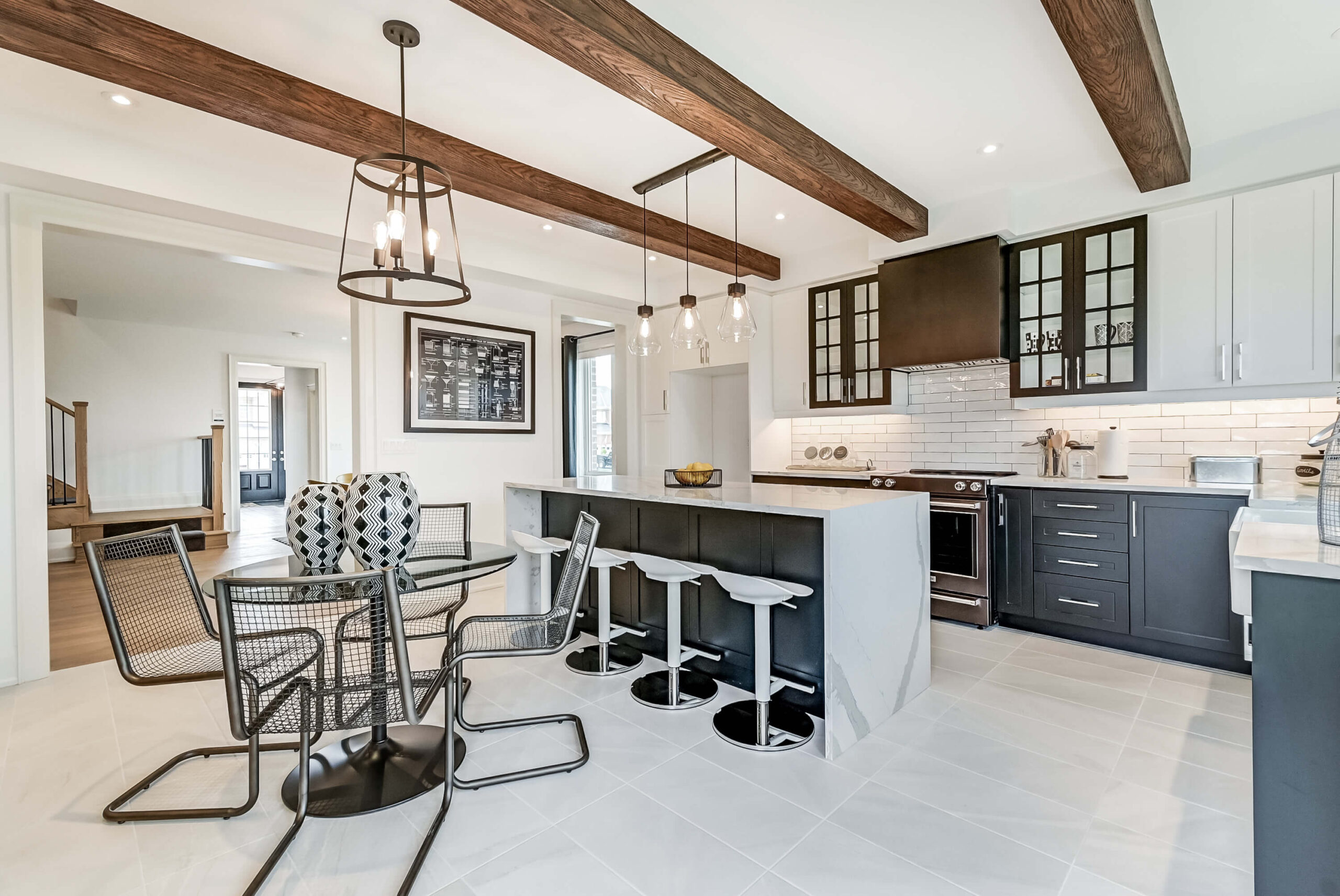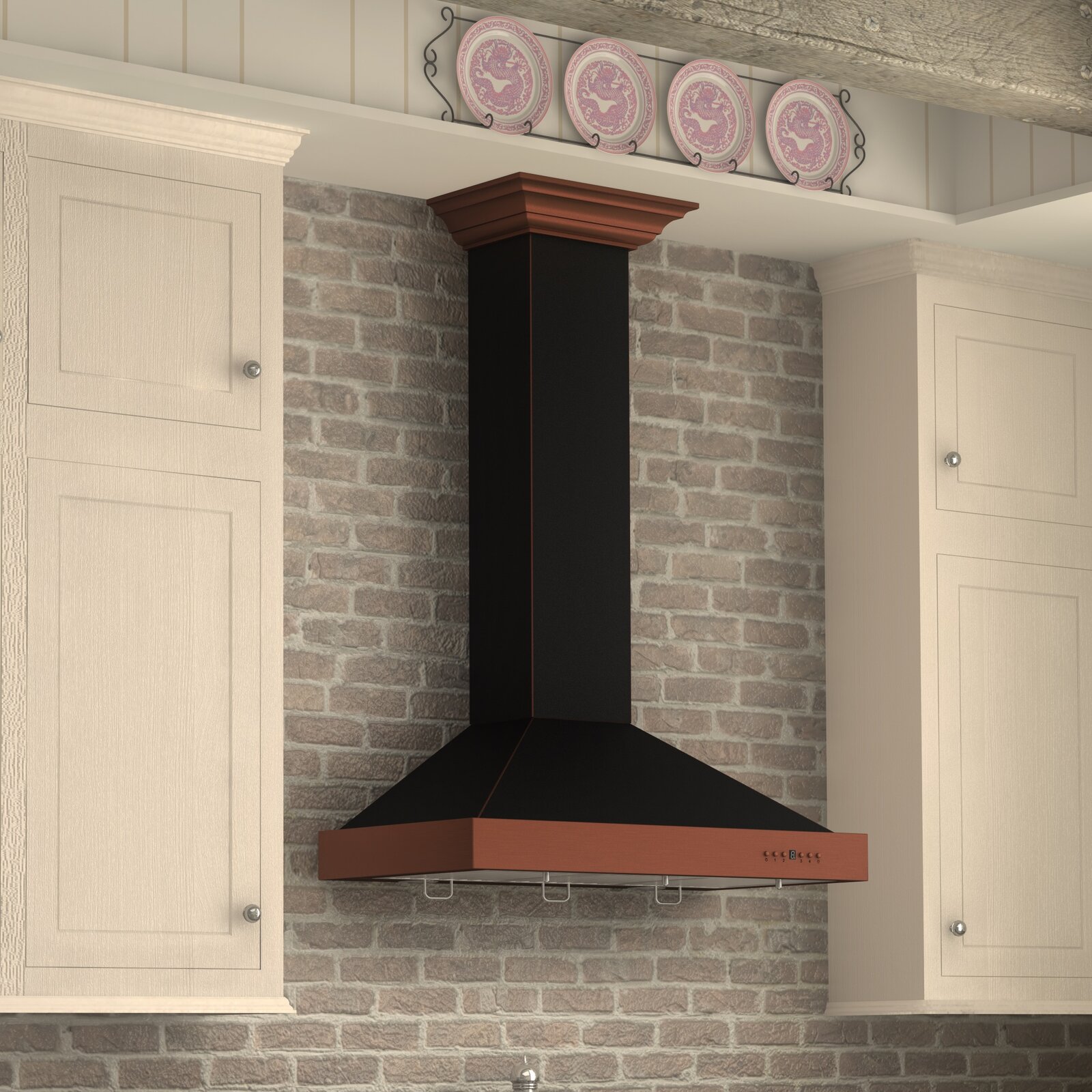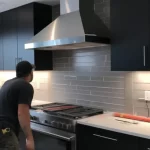Introduction
A properly installed range hood is crucial for maintaining a clean, ventilated kitchen and enhancing the overall cooking experience. It effectively removes smoke, steam, grease, and odors, ensuring a fresh environment while you cook. One critical aspect of installation is determining the correct height at which the range hood should be positioned above your stove or cooktop. This guide provides a comprehensive overview of the optimal range hood height, measurement considerations, and a step-by-step installation guide.
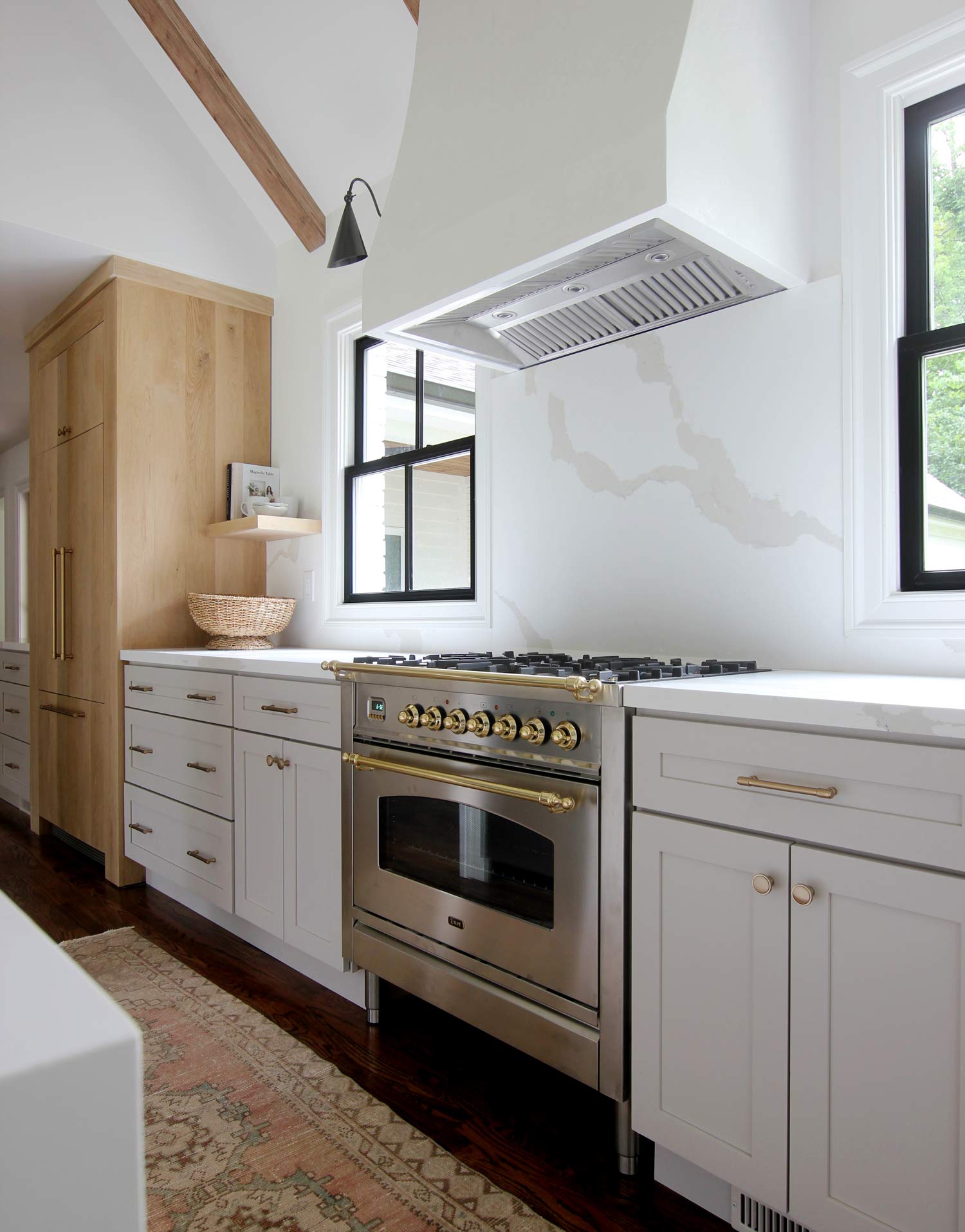
Understanding the Optimal Height
The recommended distance between the bottom of the range hood and the cooktop varies based on hood type, local building codes, and manufacturer instructions. Generally, for most residential kitchens:
- For ducted hoods (vented outside): The standard height is typically 30 inches (76 cm) above the cooking surface. This distance allows for efficient capture of rising gases and particles without interfering with the cooking process.
- For ductless hoods (recirculating): These may require a slightly lower placement, around 24-30 inches (61-76 cm), to ensure more effective filtration since they don’t vent outside.
However, always refer to the manufacturer’s guidelines as these distances can vary, especially for high-powered or commercial-grade hoods.
Measurement Considerations
Before installing your range hood, consider the following factors:
- Cooking Habits: Frequent high-heat or stir-fry cooking may necessitate a lower hood placement for better ventilation.
- Ceiling Height: In rooms with high ceilings, you might need to install the hood lower or choose a model with an extendable chimney to maintain efficiency.
- Hood Type and Features: Ducted hoods generally allow for more flexibility in height compared to ductless ones, but this depends on the model’s design and suction power.
- Clearance Space: Ensure there’s ample space between the hood and any cabinets or obstructions above it for proper air circulation and to avoid overheating.
Installation Guide
- Measure and Mark: Turn off the power supply to the kitchen and measure the recommended height from the cooktop to mark the position on the wall. Use a level to ensure accuracy.
- Assemble the Hood: Follow the manufacturer’s instructions to assemble the range hood, if necessary. This might involve attaching the chimney or filters.
- Mount the Bracket: Install the mounting bracket onto the wall at the marked height, securing it with screws into wall studs for stability.
- Connect Electrical Wiring: If your range hood requires electrical connection, consult an electrician or follow the manufacturer’s wiring diagram carefully. Ensure all connections are secure and up to code.
- Attach the Hood: Lift the hood and attach it securely to the mounting bracket. Check that it is level and firmly in place.
- Ductwork Installation: If applicable, connect the ductwork to vent the hood outdoors. Use duct tape to seal joints and minimize air leaks.
- Final Checks: Turn the power back on and test the range hood to ensure it operates correctly. Check for any vibrations or unusual noises and adjust if necessary.
Safety and Maintenance
- Regularly clean filters to maintain efficiency and prevent fire hazards.
- Ensure proper ventilation to the outside to avoid exhaust accumulation inside the home.
- Periodically inspect the hood and ductwork for damage or blockages.
By adhering to these guidelines and considering your specific kitchen layout and cooking needs, you can achieve an optimally installed range hood that promotes a cleaner, more enjoyable cooking environment. Remember, professional installation is recommended if you’re unsure about any steps to guarantee safety and compliance with local regulations.
Additional Tips for Range Hood Selection and Usage
In addition to the installation guide, here are some additional tips to help you select the right range hood and ensure its effective usage over time:
Range Hood Selection:
- CFM (Cubic Feet per Minute) Rating: Choose a hood with a CFM rating appropriate for your cooking style and cooktop size. As a general rule, aim for a minimum of 100 CFM per 10,000 BTUs of cooktop heat output. For heavy cooking, higher CFM ratings are recommended.
- Style and Design: Range hoods come in various styles such as under-cabinet, island, wall-mounted, and downdraft. Select a style that complements your kitchen design and fits your spatial requirements.
- Noise Level: Look for the sone rating, which indicates noise level. Lower sones mean quieter operation. Aim for a hood with a sone rating below 6 for comfortable use.
- Lighting: Ensure the hood has adequate lighting for your cooking area. LED lights are energy-efficient and provide bright, clear illumination.
Effective Usage and Maintenance:
- Regular Cleaning Schedule: Clean the filter(s) every few months or as recommended by the manufacturer. Grease buildup can reduce the hood’s efficiency and become a fire hazard.
- Duct Cleaning: Annually, or as needed, have a professional clean the ductwork to remove accumulated grease and debris, ensuring efficient ventilation.
- Usage During Cooking: Turn on the hood a few minutes before you start cooking and leave it running for several minutes after you finish to clear out lingering odors and steam.
- Adjustment for Different Cooking Styles: Some range hoods have variable speed settings. Adjust the fan speed according to the intensity of your cooking – high for frying or boiling, low for simmering.
- Ventilation Pathway: Ensure the ductwork has a straight, unobstructed path to the exterior. Avoid too many bends or a long duct run.
Upgrades and Enhancements:
- Makeup Air: In newer, tightly sealed homes, consider installing a makeup air system to replace the air being exhausted, maintaining proper air balance and avoiding negative pressure issues.
- Smart Features: Some modern range hoods come with smart features such as Bluetooth connectivity, voice control, or automatic sensors that adjust the fan speed based on cooking intensity.
Ventilation Options
- Ducted vs. Ductless: Ducted hoods offer the best ventilation by directly exhausting air outside. Ductless hoods filter and recirculate air but may not be as effective in removing strong odors or grease.
- Ducting Material and Route: Use metal ductwork rather than flexible ducts for better airflow and less risk of blockages. Plan the shortest, most direct route to the exterior for optimal performance.
Noise Level
- Look for the sone rating when selecting a range hood. Lower sones mean quieter operation. A hood rated around 1 to 4 sones is considered relatively quiet.
Energy Efficiency
- Some newer models come with energy-efficient features like auto-shutoff, variable speed controls, or LED lighting, which can reduce energy consumption.
Usage and Maintenance Best Practices
- Regular Cleaning: Clean the filters (usually aluminum mesh or charcoal) every few months or as recommended by the manufacturer. Grease buildup can reduce efficiency and become a fire hazard.
- Duct Cleaning: Annually or as needed, clean the ductwork to remove accumulated grease and debris, ensuring smooth airflow.
-
Cooking Habits: Use lids on pots to minimize steam output and turn on the hood a few minutes before you start cooking to create a draft that captures rising contaminants early.
Conclusion
Remember, the right range hood not only enhances your kitchen’s aesthetics but also significantly contributes to a healthier home environment. By selecting wisely and maintaining it properly, you’ll enjoy years of efficient ventilation and a pleasant cooking experience.
